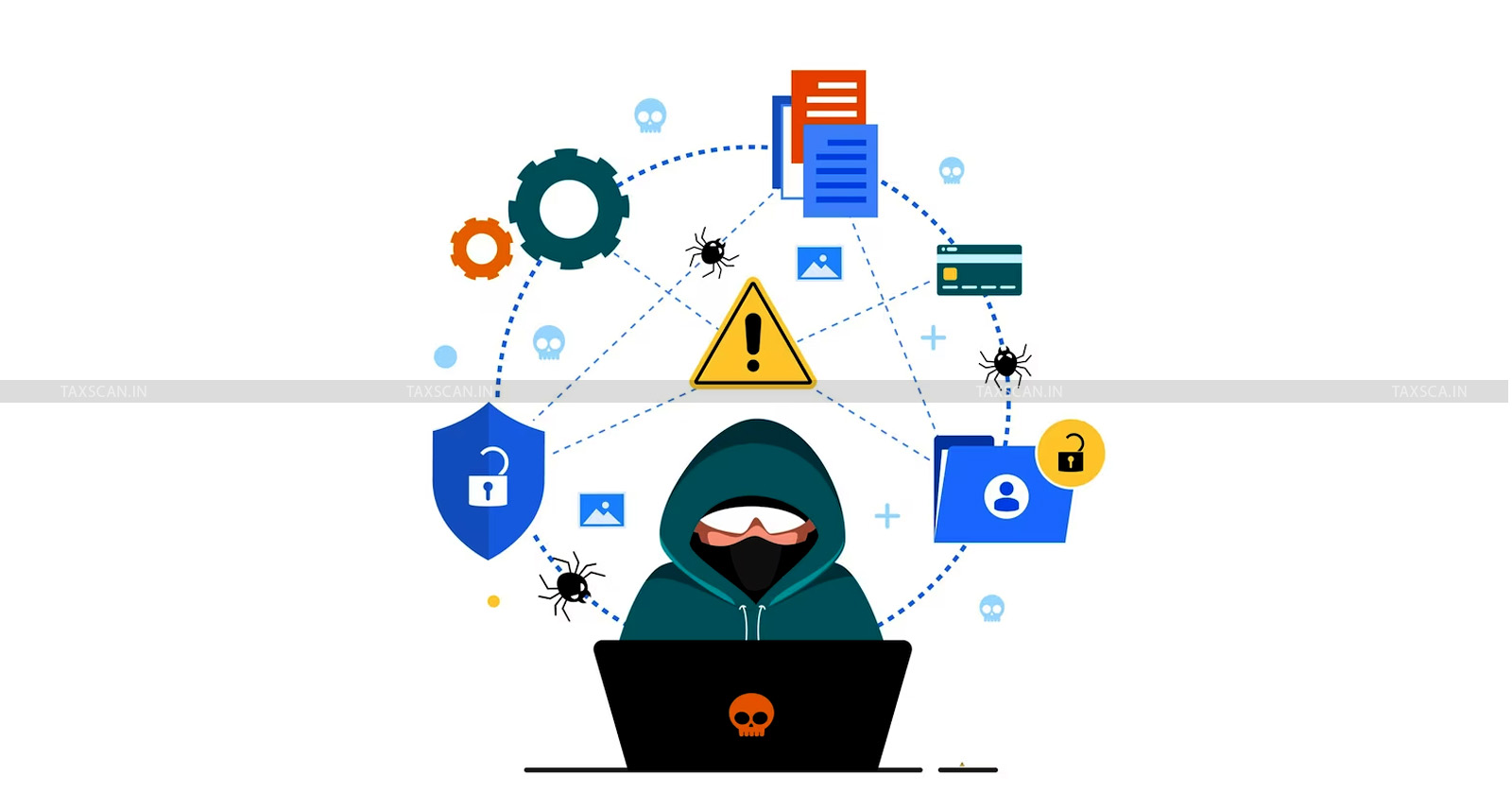Phishing, Fraudulent Refund E-mail Scams and Fake Income Tax Websites: Identification, Reporting and Staying Safe

Phishing – Fraudulent Refund – E-mail Scams – Fraudulent Refund E-mail Scams and Fake Income Tax Websites – taxscan
Phishing – Fraudulent Refund – E-mail Scams – Fraudulent Refund E-mail Scams and Fake Income Tax Websites – taxscan
Phishing emails pretending to be from the department and offering refunds for income taxes are drastically rising these days. Often, these communications contain a URL that leads readers to a fraudulent website that imitates the legitimate Income Tax Department website. Taxpayers who enter their personal information on this bogus website run the danger of having fraudsters steal their identity and bank data. Remain alert to prevent becoming a victim of these frauds.
These mails are bogus, and visiting the URL supplied could take you to a fake website that imitates the genuine Income Tax Department website. Scammers may use any personal information you put on this fraudulent website to steal your identity and financial information. It is imperative to maintain vigilance and prevent becoming a victim of these frauds.
Phishing is the process of attempting to acquire sensitive information such as usernames, passwords and credit card details by masquerading as a trustworthy entity in an electronic communication. Communications purporting to be from financial institutions, popular social websites, auction sites, online payment processors or IT administrators are commonly used to lure the unsuspecting public. Phishing is typically carried out by e-mail or instant messaging and it often directs users to enter details at a fake website whose look and feel are almost identical to the legitimate one.
This is how the scam works:
- The fraud poses as the Income Tax Department and sends a fake message to the taxpayer.
- A link in the mail takes the taxpayer to a fake website that imitates the official Income Tax Department platform.
- The taxpayer is prompted to enter personal information on the fraudulent website, including their bank account data and PAN and Aadhaar numbers.
- Scammers unlawfully obtain the taxpayer's personal information once they submit it, and they may use it to empty the victim's bank account.
The Income Tax Department has made it clear that they do not send any communications with URLs of this nature. The following actions should be taken if you receive a message claiming to be from the Income Tax Department and proposing a tax refund.
If you receive an email from someone claiming to be the authorised by Income Tax Department or directing you to an Income Tax website:
- Don't respond.
- Keep all attachments closed. Malicious code in attachments has the potential to infect the computer you are using.
- Avoid clicking on any links. Please refrain from entering sensitive information, such as credit card numbers or bank account information, if you clicked on links in a dubious email or phishing website.
- Avoid copying and pasting the message's URL into your browser; phishers may pose as legitimate links, but they will actually direct you to unrelated websites.
- Utilise and maintain up-to-date firewall, anti-virus, and anti-spyware software. Certain phishing emails contain malicious software that might damage your computer or secretly monitor your online activity. Firewalls and anti-virus/anti-spyware programmes can stop you from unintentionally accepting these undesirable files.
- Rely solely on the official Income Tax Department website. Always use the authentic website. Verify the URL to ensure it matches the official site if you are uncertain about a website's legitimacy.
- In case you suspect being a victim of this scam, promptly contact the Income Tax Department. Additionally, report the scam to the authorities.
Taking Precautions
Make sure your antivirus programme is up to date, and use a firewall to protect your computer from files that could be malicious. When using the internet, use caution and pick the websites and links you click on with care. Never click on any links on a dubious-looking website; instead, quickly exit the page. For a more thorough examination, report any such dubious websites to the authorities. You may strengthen the security of your computer and shield your data from dangers by taking these safeguards.
Reporting:
- Please forward any emails you receive or websites you come across that seem to be posing as the Income Tax Department to webmanager@incometax.gov.in You can alternatively send a copy to incident@cert-in.org.in.
- You have the option to send the email as received or to supply the Internet header. We can find more information about the sender by looking at the Internet header.
- Once you have forwarded the email or header data to us, please remove the message.
- Send any phishing emails you come across that aren't related to the Income Tax Department to incident@cert-in.org.in
How to stay Safe from these malpractices
1) Enhancing Security Using 2 Factor Authentication
By using two-factor authentication, you may improve the security of your online banking. When activated, each time you log in, you will be prompted to enter both your usual password and a special one-time password (OTP). Every time you try to log in, a new one is sent to your phone or email address, which is the OTP. Putting this additional security in place makes it much harder for someone to access your account, even if they do know your password.
- Getting Additional Security;
Using your fingerprint as a second password is another safe technique that offers additional account security and is getting more and more popular.
- Tracking and Reviewing ITR Status;
You can visit the Income Tax Department website and log in with your PAN or Aadhaar number and password to view the status of your ITR form. After logging in, navigate to the "e-file" area, choose "Income tax returns," and then click "View Filed returns" to view the most recent ITR that has been filed. You can quickly keep track of the status of your tax return in this way.
After the return is filed, the ITR refund is normally processed seven to 120 days later. Go into your account to see the status of your ITR. You can download the return/intimation and get further information after logging in. After logging in, you can easily get these additional facts by reviewing your ITR status.
Support our journalism by subscribing to Taxscan premium. Follow us on Telegram for quick updates


